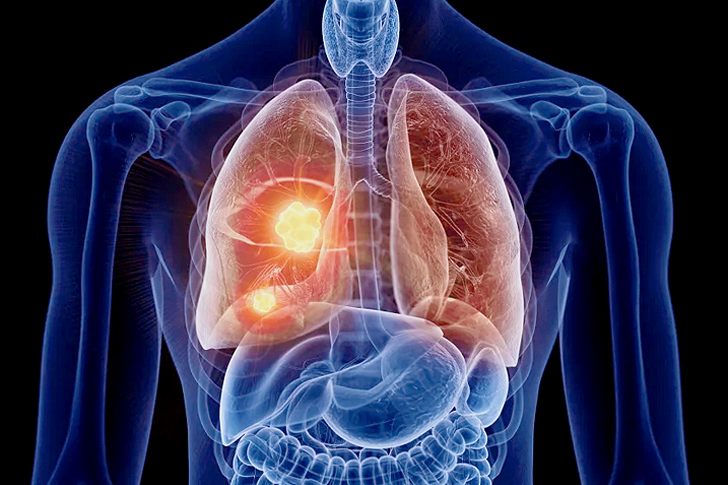Identifying Early Warning Signs of Lung Cancer
Lung cancer remains one of the most common and lethal types of cancer worldwide. According to the World Health Organization, it accounts for nearly one in five cancer deaths globally, with approximately 2.21 million new cases recorded annually. Considering its high mortality rate, early detection of lung cancer can significantly enhance treatment outcomes and survival rates. Recognizing the early warning signs of lung cancer is crucial for timely diagnosis and effective management. This article explores these signs, supported by medical facts and figures to help raise awareness and prompt early medical consultation.

Understanding Lung Cancer and Its Types
Lung cancer originates in the lung tissues, typically in cells lining the air passages. It is broadly classified into two main types based on the appearance of lung cancer cells under a microscope: small cell lung cancer (SCLC) and non-small cell lung cancer (NSCLC). NSCLC constitutes about 85% of cases and tends to progress more slowly than SCLC, which is more aggressive and rapidly spreading. Knowing the type of lung cancer is crucial as it influences both the treatment approach and the prognosis.
Key Early Warning Signs of Lung Cancer
The early stages of lung cancer might not produce noticeable symptoms, making it challenging to diagnose. However, certain signs should prompt individuals to seek medical advice. One of the most common symptoms is a persistent cough or a change in a chronic cough pattern. If the cough persists for over two weeks, especially if it worsens or becomes deeper, it could be a sign of lung cancer. Pay attention also to any changes in the voice, such as hoarseness, which might indicate an issue with the lungs or airways.
Another significant symptom to watch for is unexplained weight loss, often accompanied by loss of appetite. Weight loss of 10 pounds or more that isn’t linked to changes in diet or exercise routines warrants a medical checkup as it could be indicative of cancer or other health conditions.
Chest pain is another symptom associated with lung cancer. The pain may be persistent, occurring in the chest, shoulders, or back. Unlike typical pain from a cough or cold, this tends to be present even when not coughing and can intensify with deep breathing, laughing, or coughing.
Additional signs include recurrent lung problems such as bronchitis or pneumonia, breathing difficulties like shortness of breath and wheezing, and the presence of blood in coughed-up phlegm or sputum. Swelling in the neck and face might also occur due to blocked blood flow in the chest or neck.
Risk Factors Contributing to Lung Cancer
Understanding and managing risk factors is critical in preventing lung cancer. Smoking remains the leading cause of lung cancer, responsible for about 85% of all cases in the United States according to the Centers for Disease Control and Prevention (CDC). The risk not only pertains to those who smoke but can also affect secondhand smokers. Thus, quitting smoking and avoiding tobacco smoke exposure significantly reduce lung cancer risk.
Other environmental and lifestyle factors include exposure to radon gas, asbestos, and other carcinogens like arsenic, chromium, and nickel. These substances can be encountered in certain workplaces or homes. Indoor and outdoor air pollution also contributes to the incidence of lung cancer, adding an imperative for pollution control efforts.
The Importance of Regular Medical Check-ups
Given the subtle onset of lung cancer symptoms, regular medical check-ups can play a pivotal role in early detection, especially for individuals at higher risk. Healthcare providers may recommend screening for lung cancer using low-dose computed tomography (LDCT) for high-risk populations, such as older adults with a long history of heavy smoking.
Advancements in Treatment and the Outlook for Lung Cancer Patients
Advancements in medical research have led to improved lung cancer treatments, including targeted therapy, immunotherapy, radiation therapy, and minimally invasive surgical techniques. Early detection significantly increases treatment effectiveness, potentially leading to better survival rates. The five-year relative survival rate for NSCLC is approximately 24%, but this rate increases dramatically to 59% when the cancer is detected at an early stage before it has spread.
Conclusively, heightened awareness of the early warning signs of lung cancer and proactive health screening measures are essential to combat the disease effectively. Prompt medical attention for persistent or unusual symptoms not only contributes to early detection but also opens up more effective treatment options, offering hope and improved outcomes for those affected by lung cancer.







Recent Comments